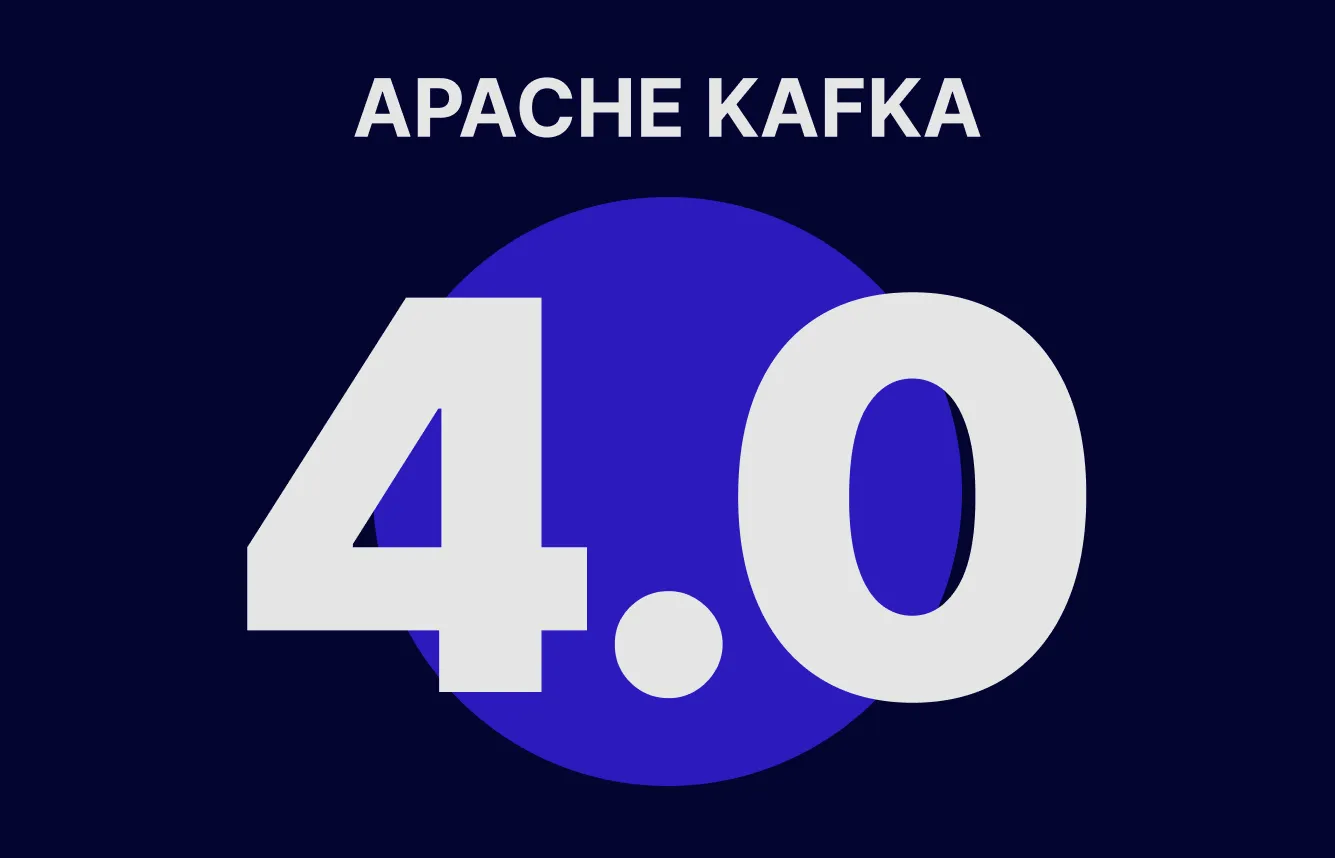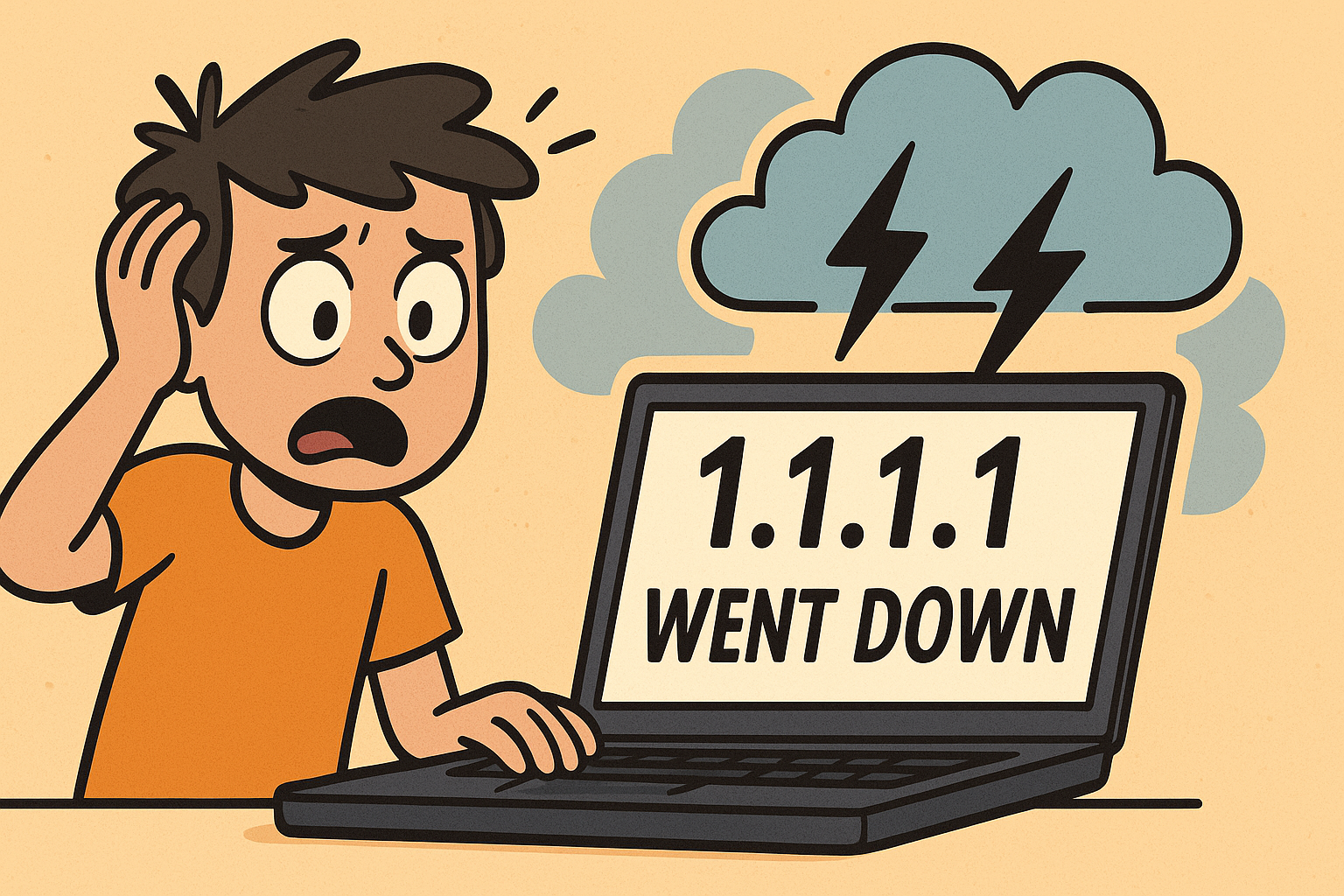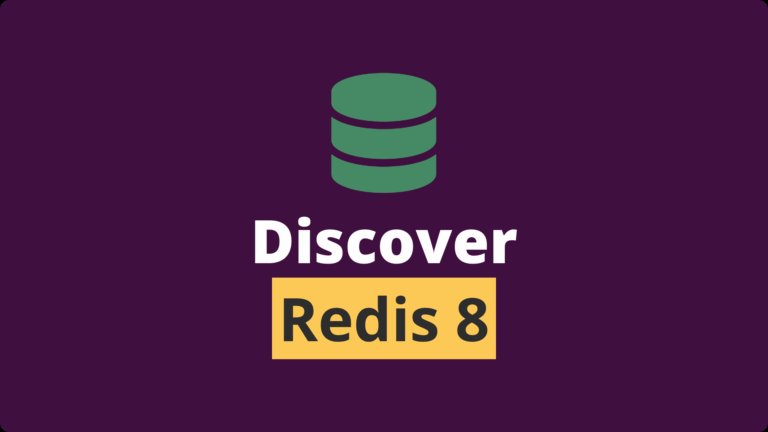Apache Kafka 4.0 is here, and it’s packed with upgrades that touch almost every part of the platform!
From Kafka Streams to Kafka Connect, and from brokers to producers and consumers, this release is bigger than ever.
With a slew of Kafka Improvement Proposals (KIPs) contributed by the open-source community, Kafka 4.0 isn’t just an update.
Table of Contents
1. Bye-Bye ZooKeeper, Hello KRaft!
🔴 What was the problem?
Older versions of Kafka needed ZooKeeper, an external system, to manage metadata (such as tracking which servers store which data). While ZooKeeper worked well, it made Kafka more complicated to set up and maintain.
🟢 What’s the solution?
Kafka 4.0 removes ZooKeeper and replaces it with KRaft (Kafka Raft), which is built directly into Kafka itself.
✅ Why is this good?
- Simpler setup – No need to install and manage an extra system.
- Faster performance – Reduces delays in managing Kafka’s internal data.
- More reliable – Fewer moving parts mean fewer things can break.
👉 Example: Think of ZooKeeper as a middleman in a business. If you can talk directly to the manager instead of going through an assistant, things get done faster and with less confusion!
2. More Flexible Consumers with Queues for Kafka
🔴 What was the problem?
In previous Kafka versions, the number of consumers (systems reading data) was limited by the number of partitions (Kafka’s way of dividing data). If you had 10 partitions, you could only have up to 10 consumers processing data at the same time.
🟢 What’s the solution?
Kafka 4.0 introduces Queues for Kafka, which allows multiple consumers to share work on the same partition, similar to traditional message queues like RabbitMQ or SQS.
✅ Why is this good?
- Easier scaling – More consumers can process data, making it faster.
- More flexibility – Works better for applications where processing order doesn’t matter.
👉 Example: Imagine a restaurant with only 10 tables (partitions). In older Kafka versions, each table could only have one waiter (consumer). Now, with Queues for Kafka, multiple waiters can serve the same table, so food gets delivered faster!
3. Smoother Consumer Group Rebalancing
🔴 What was the problem?
When Kafka rebalanced consumer groups (for example, when adding more machines or recovering from failures), it caused brief downtime, slowing down data processing.
See also: Mastering the Linux Command Line — Your Complete Free Training Guide
🟢 What’s the solution?
Kafka 4.0 improves consumer group rebalancing, making it much smoother.
✅ Why is this good?
- Less disruption – Kafka can rebalance without pausing consumers.
- Better for scaling – When you add new servers, Kafka adjusts without downtime.
👉 Example: Imagine a team project where tasks are divided among teammates. If one person leaves and a new one joins, the tasks get redistributed. In older Kafka versions, the team would stop working briefly during the handover. In Kafka 4.0, the transition happens smoothly, so work never stops!
4. Easier Development & Better Monitoring
📌 Easier Code Additions
Kafka 4.0 makes it simpler to add common logic (such as tracking changes) in Kafka Streams apps, reducing duplicate code.
📊 Better Monitoring
New monitoring tools make it easier to see what’s happening inside Kafka, helping teams quickly detect and fix issues.
✅ Why is this good?
- Saves time for developers – Less repetitive coding.
- Faster troubleshooting – Better visibility into system performance.
👉 Example: Think of this as adding a dashboard to your car. Instead of guessing if there’s a problem, you can check the screen to see fuel levels, speed, and warnings instantly.
📌 Final Thoughts: A More Powerful Kafka
Kafka 4.0 is a game-changer for developers and businesses using streaming data. Here’s why:
✅ No more ZooKeeper – Kafka is now easier to manage.
✅ Queues for Kafka – More consumers can work at the same time.
✅ Better rebalancing – Scaling Kafka causes less disruption.
✅ Improved developer tools & monitoring – Faster debugging and easier development.




